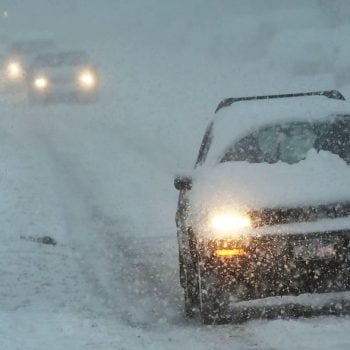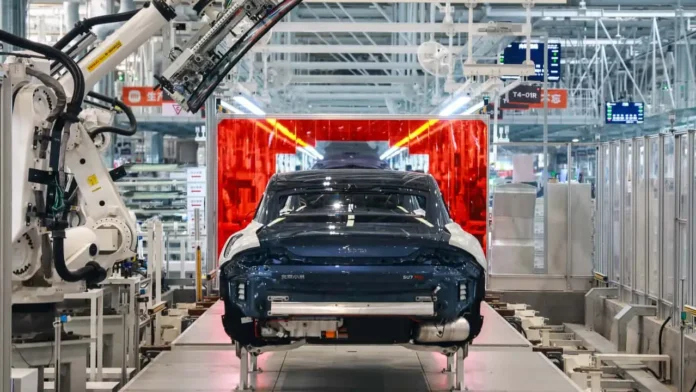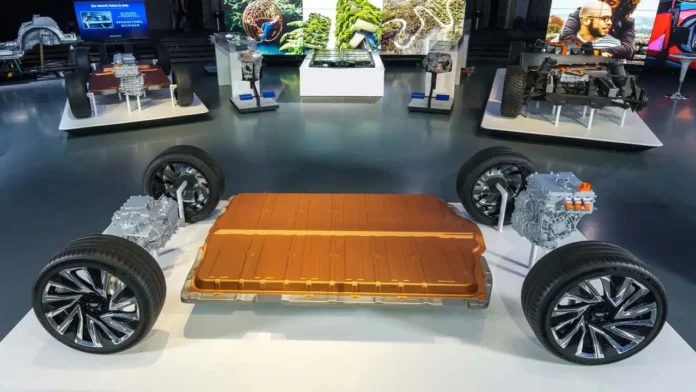The Sunday Launch: A New Era for Tesla
This past Sunday marked a pivotal moment for Tesla, as it introduced its long-awaited robotaxi pilot program. After years of promises surrounding their self-driving technology, the debut was met with optimistic anticipation. Yet, as Tesla rolls out this service, it finds itself competing against a formidable adversary: Waymo.

Waymo’s Steady March Forward
In an impressive display of progress, Waymo recently launched driverless rides in Atlanta, Georgia, in collaboration with Uber. The initiative aims to provide reliable autonomous transport with a fleet of sensor-rich Jaguar I-Pace electric vehicles. With this unveiling, it’s clear that Waymo continues to advance swiftly, now offering paid rides across five cities—including San Francisco and Los Angeles—compared to Tesla’s embryonic foray into the robotaxi market.
Can Tesla Keep Up?
While Elon Musk’s Tesla boasted about its cutting-edge technology, which uses cameras and AI for navigation, Waymo’s approach includes more sophisticated systems like LiDAR sensors and high-definition mapping. As criticism of Tesla’s early deployments highlights issues such as sudden braking and erratic lane changes, the question looms: can Tesla catch up to its rivals? With a market worth hundreds of billions on the horizon, the stakes could not be higher.
In the fast-paced world of autonomous driving, Tesla’s initial pilot is just the tip of the iceberg, but its competitive spirit against Waymo’s established fleet demonstrates that the race for the future of transportation is heating up.




